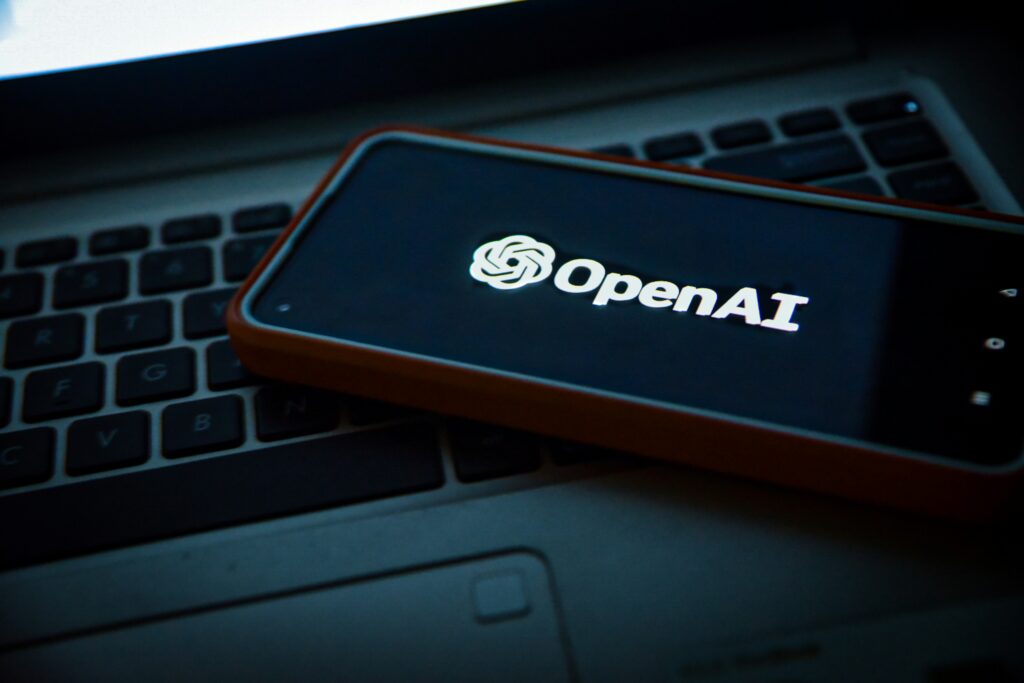The hype around AI in marketing is real, but so are the concerns. And there’s a constant tension: How do you use AI SEO Workflows to move faster without sacrificing brand accuracy, tone, or trust?
The answer isn’t less AI, it’s better orchestration of AI across key SEO workflows.
In 2025, smart marketers are using AI to automate the repetitive, scale the unscalable, and flag the unreliable while maintaining full control over what goes live. If your SaaS platform supports location-based SEO at scale, this balance is not optional. It’s now a core feature.
Here’s how the most effective teams are pulling it off.
The Workflow Bottlenecks AI Is Designed to Solve
Before AI, managing local SEO across dozens or hundreds of locations meant marketers were buried in tasks like:
- Writing and updating metadata for each location
- Generating local content variants (blogs, landing pages)
- Monitoring reviews and writing timely responses
- Auditing listings for errors or inconsistencies
- Tracking keyword rankings by region
Individually, none of these tasks are complex. But collectively? They slow down campaigns, delay optimizations, and strain resources.
That’s where AI steps in not to replace strategic thinking, but to amplify execution.
Smart Uses of AI SEO Workflows Without Losing the Human Touch
1. Local Page Content at Scale
AI tools (when trained properly) can now generate location-specific headlines, city-optimized service descriptions and FAQ content based on common queries.
SaaS Opportunity: Offer in-platform AI content generation tied to geo-coordinates, ensuring that every location page is contextually relevant without rewriting from scratch.
But you have to know the best marketers still review every output, editing for tone, brand voice, and compliance.
2. Metadata Generation with Brand Guardrails
AI can produce title tags and meta descriptions in bulk using page context. But smart marketers enforce:
- Brand tone consistency (e.g., never too casual or salesy)
- Length restrictions for SERP display
- Keyword rules (include city + primary category)
Pro platforms use templates, not prompts.
They let users set rules like: “Always include brand name at the end” or “Never exceed 155 characters.”
3. Review Monitoring and Response Suggestions
We know that AI can:
- Summarize trends in customer reviews by location
- Draft replies to negative or positive feedback
- Tag reviews for follow-up (e.g., billing issue, staff praise)
This is especially useful for multi-location brands where manual monitoring is impossible.
SaaS SEO tools can embed sentiment classifiers + auto-responder generators, while still routing high-stakes cases to human agents.
4. Duplicate Detection and Listing Audits
Duplicate listings, outdated phone numbers, or mismatched business names? AI can crawl directory profiles and flag anomalies automatically.
When scaled across hundreds of locations, this saves hours and prevents lost local visibility.
Platforms like Local Data Exchange already use AI to identify, normalize, and suppress listing conflicts in real time.
5. Competitor Tracking and Rank Alerts
Need to know when a competing location jumps ahead in a geo grid or grabs a featured snippet? AI-based alert systems watch SERPs 24/7 and surface anomalies instantly.
You don’t need humans to monitor shifts, you need them to decide what to do next.

Keeping Brand Credibility Intact: What Not to Automate Blindly
Despite the power of AI, some tasks still demand the human brain:
- Brand tone enforcement: AI lacks contextual understanding of subtle tone shifts or sarcasm.
- Legal compliance: In regulated industries like healthcare or finance, every output must be reviewed.
- Reputation management: Public responses to high-stakes reviews should always involve human review.
AI SEO Workflows give speed for sure. But credibility comes from governance.
Marketers that win in 2025 are those who combine automation with approval workflows, human QA, and revision checkpoints.
How SaaS SEO Platforms Can Support This Evolution
SaaS providers should think of AI not as a plugin but as an invisible co-pilot built into the core of their UX. The key features should include:
- Editable AI outputs (not auto-publish)
- Audit logs to trace who approved what and when
- Custom AI training to reflect each client’s tone, terminology, and compliance needs
- Multi-location safeguards to prevent bulk errors (e.g., publishing “Chicago” content to “Atlanta” pages)
Platforms that let marketers stay fast and safe will dominate in the new SEO landscape.
AI Is a Workflow Layer, Not a Replacement
The marketers who succeed with AI aren’t using it as a replacement for strategy. They’re actually using it as a layer of intelligent automation that removes friction, amplifies reach, and protects brand trust at every step.
So in summary, SaaS SEO providers who want to stay relevant must support AI-assisted workflows, multi-location integrity and brand-safe automation.The new standard is not “AI-first,” but AI-smart.
Ready to streamline SEO for 1 or 1,000+ locations without losing brand trust?
Our AI-powered platform helps you automate content, reviews, and listings with approval controls, audit logs, and brand-safe workflows built in.


